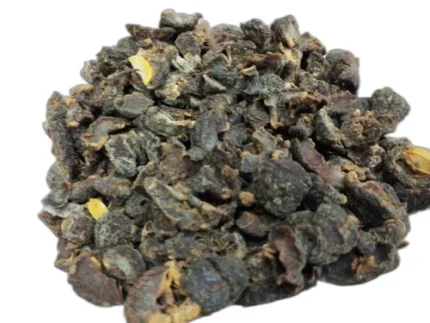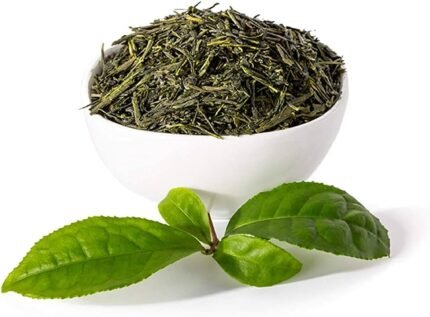Description
Harshringar Seeds is a shrub or a small tree growing to 10 m (33 ft) tall, with flaky grey bark. The leaves are opposite, simple, 6–12 cm (2.4–4.7 in) long and 2–6.5 cm (0.79–2.56 in) broad, with an entire margin. The flowers are fragrant, with a five- to eight-lobed white corolla with an orange-red centre; they are produced in clusters of two to seven together, with individual flowers opening at dusk and finishing at dawn. The fruit is a bilobed, flat brown heart-shaped to round capsule 2 cm (0.79 in) diameter, each lobe containing a single seed.
Benefits:
Helps us in preventing and curing the following:
- Harshringar Seeds is used in various ailments like fever, enlargement of the spleen, malaria, blood dysentery, cough and gastritis.
- Juices of leaves is used as digestives, antidote to reptiles venom.
- Harshringar Seeds are used to cure scurfy infection of scalp, piles and skin diseases.
- The Harshringar Seeds contain arbortristosides A and B, glycerides of linoleic, oleic, lignoceric, stearic, palmitic and myristic acids, nyctanthic acid, 3,4-secotriterpene acid, and a water soluble polysaccharide composed of D-glucose and Dmannose.
Other Names:
Sheoli, Singhar, Shephalika, Night Jasmine, Night -flowering Jasmine, Jasmin de nuit, Trauerbaum, Nachtjasmin, Harshangar, Haar, Harsinghar, Harsingar, Parijat, Partak, Khurasali, Parijatak, Gulkamah, Kuri, Laduri, Pakar, Parijataka, Parijata, Sephalika, Rajanikasa, Harshringar , Harsinghar.
Safety Information:
- For Natural Taste & Freshness, Keep it in cool and dry place.
- Avoid direct Sunlight & Do not Refrigerate.
- Store the contents in an Airtight Container after opening the package.
- All herbal medicine should be used under Medical Supervision only.











Reviews
There are no reviews yet.